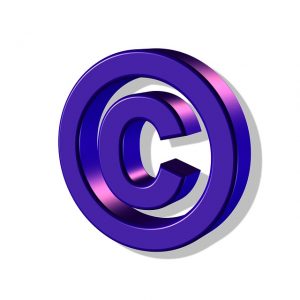 There are insurance policies that any sane business owner is going to have to invest in as soon as they have the cash flow to cover them. Then there are those that are… a little out-there. You might never need any of these policies, but it’s good (or at least interesting) to know they’re available in some areas:
There are insurance policies that any sane business owner is going to have to invest in as soon as they have the cash flow to cover them. Then there are those that are… a little out-there. You might never need any of these policies, but it’s good (or at least interesting) to know they’re available in some areas:
Lottery Winner Insurance
Businesses in the United Kingdom have the option to purchase insurance for the event that two or more employees win the National Lottery and quit their dayjobs. The odds of that happening are especially slim when you consider how many lotto winners put their prize in savings and go back to work the next day. But hey, better safe than sorry, right?
Loch Ness Monster Insurance
The Cutty Sark Company has a prize for anyone who can capture the Loch Ness Monster alive to the tune of one and a half million dollars USD. They also have an insurance policy to cover their losses should this happen. We’re not talking proof alone of the monster’s existence, but capturing it alive. Something tells us their insurers aren’t too worried about having to pay out a million and a half bucks anytime soon.
Immaculate Conception Insurance
The Catholic Church insured three of their most valuable nuns against the risk of immaculate conception in 2006 through British Insurance. Sounds weird, but when you think about it, doesn’t every line of work carry with it its own risks?
Abbot and Costello
For Abbot and Costello, their onscreen chemistry was their livelihood. They insured their partnership for about a quarter million dollars in case they ever just couldn’t get along anymore. Insurance to cover bickering employees actually doesn’t sound like a bad idea, come to think of it.
Lloyd’s of London in Hollywood
Lloyd’s of London has a long history with Hollywood, having insured comedic actor Ben Turpin’s famous crossed eyes for twenty grand should they ever uncross, and covering the Oscars with some pretty hefty liability policies, including a thirty eight million policy just to cover the jewelry on display in 2004. All those big stars in one room? That’s a lot of assets on the line for the industry’s money-men.
Some of these policies sound pretty weird, but if you think about it, it’s nice to live in a world where there’s still enough reasonable doubt that you can be insured against the capture of the Loch Ness Monster. Insurance is, after all, all about peace of mind should the worst-case-scenario occur.

 In today’s increasingly complex and litigious business environment, your corporate officers and board of directors – the brains of the company – need protection against personal financial liability arising from their corporate activities.
In today’s increasingly complex and litigious business environment, your corporate officers and board of directors – the brains of the company – need protection against personal financial liability arising from their corporate activities.


 What distinguishes products, completed operations and professional liability?
What distinguishes products, completed operations and professional liability?







